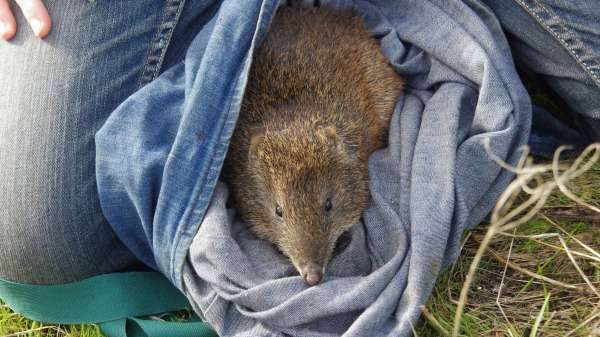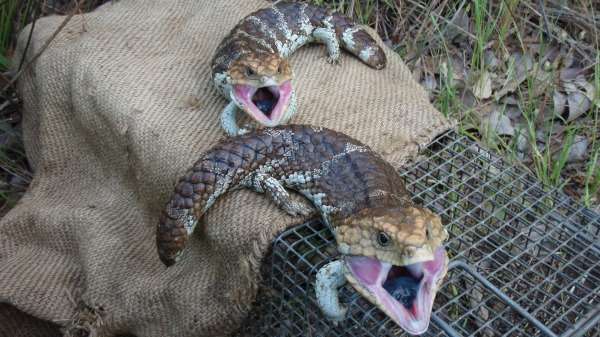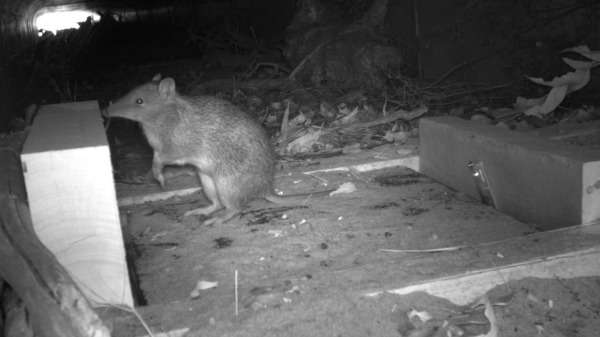Pedestrian fauna opt for shorter underpasses

If anyone ever asks 'why did the bandicoot cross the road?', you would never guess the answer would be 'because the underpass was short', but it seems local researchers have proved just that.
University of Western Australia scientists tagged populations of southern brown bandicoots (Isoodon obesulus fusciventer) and western bobtail lizards (Tiliqua rugosa rugosa) around 10 fauna underpasses in the Perth metropolitan area, including Roe Highway, Mandjoogoordap Dr in Mandurah and Safety Bay.
Using motion-activated infrared cameras and PIT tag readers, they tracked the animals to determine how often they used the underpasses to safely cross major roads to better understand how design can impact native communities.
The underpasses varied in length, width, vegetation density at the entrances and 'furniture' within, such as ledges, logs and branches.
The researchers found none of these characteristics had an influence on bobtail behaviour, though one stood out as significant for bandicoots.
"Bandicoots used shorter underpasses more frequently, suggesting they were incorporating these structures into their home ranges to access resources on both sides of the road," Dr Brian Chambers says.
"The longer underpasses were used infrequently, likely during dispersal events."
Dr Chambers says it appears shorter underpasses allow bandicoot communities to persist in patches otherwise too small to support viable populations.

"They basically stitch together territory on both sides of the road," he says.
While the knowledge is important, certain logistical challenges need to be addressed.
"Minimising the length of fauna underpasses poses a challenge for road designers, as the length of the underpass is usually determined by the width of the road," Dr Chambers says.
He suggests vegetated median strips might be the answer, with two shorter underpasses separated by a patch of scrub instead of one long passageway.
Given that bandicoots in the study were frequent users of a one-hectare patch, the size of this reserve wouldn't need to be large.

Not only would this provide habitat, it would increase gene flow between populations, maintaining breeding diversity.
Dr Chambers says the study recorded the identities of individual animals which provided a better idea of how underpasses are used at a population level.
The infrared cameras also allowed researchers to track other species using the underpasses, which included western grey kangaroos, foxes, cats, rabbits, snakes, rats and even a family of ducks at two locations.
They found underpasses frequently used by bandicoots didn't correlate with higher use by predators such as cats and foxes.
Provided by Science Network WA


















